Bleach and germs are the central themes of Dr Semmelweis, written by Mark Rylance and Stephen Brown. The opening scene, set in the 1860s, presents the harmless old doctor as a charming oddball who adores playing chess with his happy, clever wife. This is code: Semmelweis is an intellectual and a feminist whom it’s safe to like.
We flip back to 1837 and meet Semmelweis as a student at a Viennese maternity hospital where the male doctors kill three times as many patients as the female nurses. How come? Well, the males sport filthy aprons spattered with their victims’ blood while the nurses wear freshly laundered habits. So the high mortality rate is caused by germs. And germs can be treated with bleach.
Of course the audience knows this already but it takes 80 long minutes for the characters to catch up with 19th-century science. En route, the show delivers a series of distractions and delaying mechanisms which clutter the stage and try to disguise the script’s dramatic inertia and psychological blandness.
In one overloaded scene, a mime artist conducts an autopsy while a handful of clueless doctors pore over his every move. Meanwhile a quartet of string players grind out some Schubert while a troupe of ballerinas in diaphanous cladding mimic the horrors of childbirth through the medium of expressive dance.
At the same time, a lot of beds are being trundled around with their mattresses occupied by doomed mothers screaming blue murder as they give birth to dead babies. There’s so much to watch here and so little to care about.
The surfeit of effects makes the production look like the graduation show at a drama school where the students display their skills in acting, mime, dance, musicianship and public recital. Virtually everything in Tom Morris’s production lacks originality. A ballet display is illuminated in blue and gold – the lazy choice of every half-asleep designer.
The only interesting character, apart from Semmelweis, is a wise auld Oirish midwoif who knows the darkest secrets of the hospital but who dares not breathe a word to anyone. The stage is fitted with a twirling mechanism (‘a revolve’ as it’s known), which is used to lend an air of dynamism to static, wordy scenes. Sadly, the ‘revolve’ always seems to emphasise the vice it seeks to conceal.
The crowning platitude is the presence of Rylance in the title role. He bumbles, frowns, hesitates, backtracks, stammers and stutters through his lines, and generally dodders and potters about like a forgetful janitor trying to find his way to the broom cupboard. Rylance is great on stage but his greatness never varies. It seems a shame to criticise this well-intentioned and attractive-looking history lesson but seriously, lads? Give us a show, not an episode of Play School.
Dumbledore Is So Gay is a propaganda piece aimed at homophobes (even though they form a tiny fraction of the play-going public). The show follows the tribulations of Jack, a homosexual, who grew up in a bigoted London suburb. He hated hearing the word ‘gay’ used as a slur in the playground and he bridled at the rhetoric of his subnormal parents who were so dim they couldn’t differentiate ‘pronouns’ from ‘proteins’.
In his neighbourhood, apparently, it was normal for the homes of suspected queens to be attacked with missiles. When Jack found a soul mate, Ollie, they kept their affair hidden in case Ollie’s gay-bashing brother beat them both to death. The levels of prejudice appear to belong to the 1950s but the play is set in 2012. Were things really this bad a decade ago? Jack took refuge in London’s gay scene but he quickly learned that spiked drinks and unwanted assaults on the dance floor were commonplace.
At every turn, he and Ollie suffered abuse and humiliation. Their female friends fared no better. A straight girl, Gemma, rejected marriage because she considered it a form of captivity. ‘Having his babies and feeding him till he dies,’ was her summary of life as a wife and mother. Who on earth taught her to speak fluent doormat like that?
Part of the blame lies with their teachers who encouraged them to believe that ‘the most important thing is who you are’. Like virtually every school initiative, the gender studies programme isn’t intended to expand the horizons of the pupil but to lighten the workload of the staff.
Teaching children to study ‘who you are’ reduces the lesson to a set of subjective impressions which, of course, can never be incorrect. All members of every class become star pupils. And there’s no homework to mark which leaves extra time for the teachers to study think-pieces in the Guardian about the war on learning.
Got something to add? Join the discussion and comment below.
Get 10 issues for just $10
Subscribe to The Spectator Australia today for the next 10 magazine issues, plus full online access, for just $10.
You might disagree with half of it, but you’ll enjoy reading all of it. Try your first month for free, then just $2 a week for the remainder of your first year.

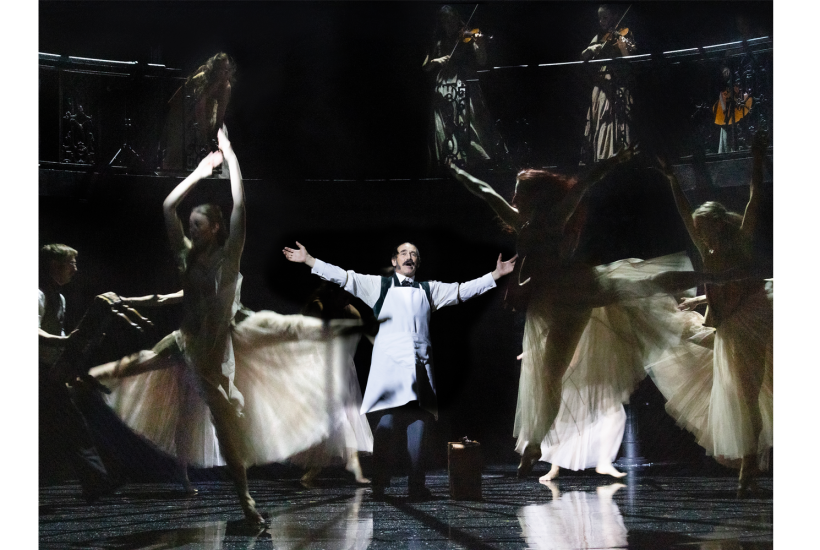
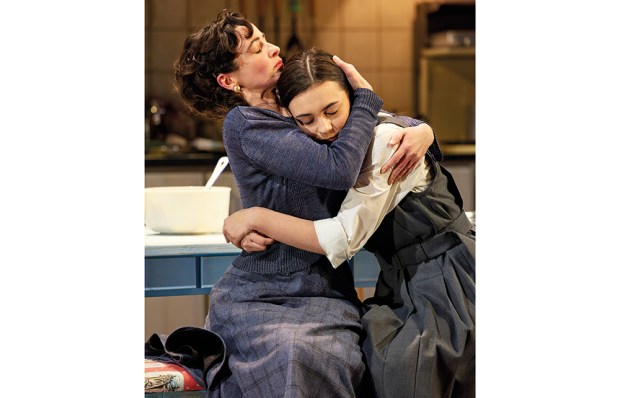
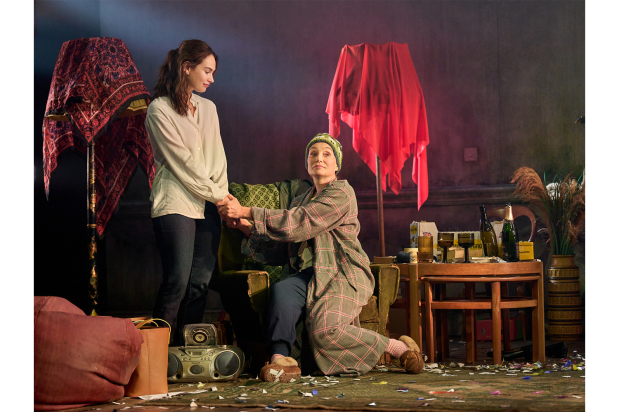
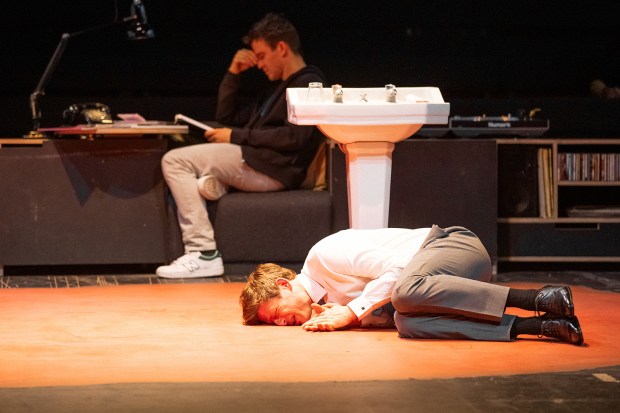
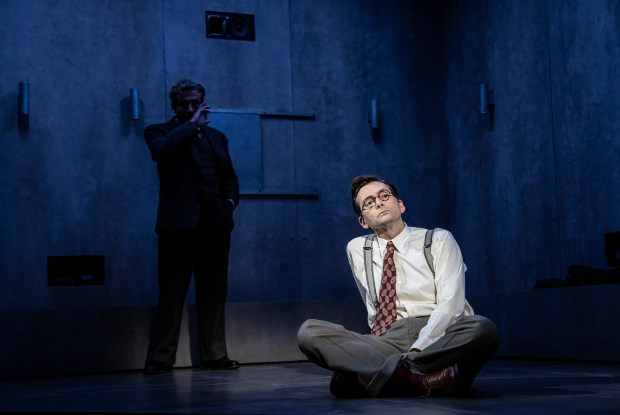

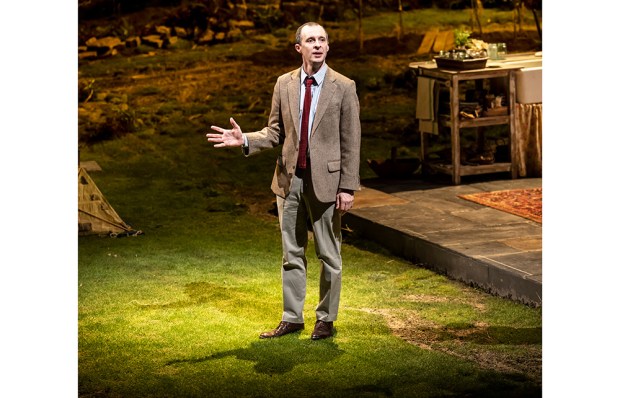






Comments
Don't miss out
Join the conversation with other Spectator Australia readers. Subscribe to leave a comment.
SUBSCRIBEAlready a subscriber? Log in